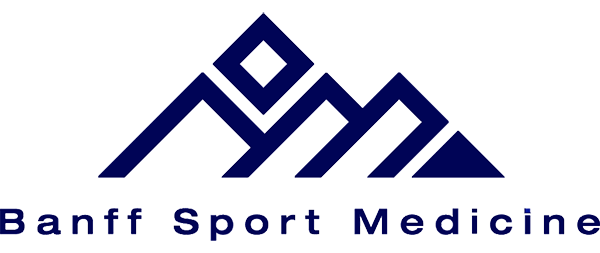How do I choose a massage therapist?
You can ask the massage therapist about their training, skills, and techniques used for this type of massage therapy. Some beneficial techniques that can be used in pre- & post-surgical care include lymphatic drainage, trigger point release, myofascial release, muscle energy techniques, and assisted stretching. It can also be helpful to discuss their treatment plan for your specific needs.
Are there specific instructions I should discuss with my massage therapist?
You should let them know the type of surgery you had and when it was, as well as any concerns you might have.
It is also important to give them feedback on how the treatment is feeling and if you feel any discomfort or pain. The treatment may be uncomfortable at times, but should always be within your pain tolerance. You may feel some soreness in the day or 2 after a massage, but this should be mild and ease soon. If you feel like the treatment was too intense or you experienced a lot of pain and irritation afterward, it is important to let your practitioner know. They can adjust the next treatment to your body’s need and tolerance.
If I had knee surgery, is the massage only for the quads or should they also massage the calf?
Massage will include the entire leg, except the area directly over the incision to reduce the risk of infection.
How often should I get massage?
It is recommended that you incorporate weekly massages in the 4-weeks prior to surgery and the first 4-6 weeks after surgery.
Is there anything to avoid with massage?
In short, with the exception of complications such as infection, massage can be safely performed by a practitioner knowledgeable in post-surgical care. Consideration of the specific type of surgery that was performed will guide the practitioner in their choice of technique and how they apply it. After surgery, the massage therapist employs gentler strokes, careful pressure application, and specific techniques designed to address post-surgical challenges.
Here are some general rules-of-thumb the massage therapist will take into consideration:
- avoid treating fresh surgical sites as it may take several weeks before massage near the incision is appropriate.
- exercise caution around implants (e.g. screws, pins, rods) to avoid applying pressure which could cause damage or pain.
- consider biomechanical compensation. For example, muscle tightness may be compensating for ligament weakness in ACL reconstruction.
- respect post-surgical precautions. For example, after hip surgery, certain movement, such as flexing the hip beyond 90 degrees, should be avoided for several weeks to prevent dislocation. Gentle joint mobility and stretching may be incorporated as healing progresses, but should be done with care to not stress the healing tissues.
Should I bring my surgical report to my appointment?
If you have a copy of your surgical report, bring it with you. It can be helpful to your practitioner to see the details of what procedures you had done and can be helpful for yourself to remember discussions you have had with your surgeon.
